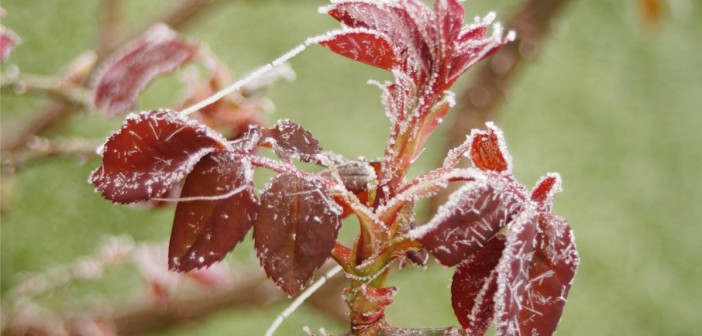One of the best ways to protect your plants is to get an old sheet or other lightweight fabric and drape it loosely over your frost-sensitive plants in the late evening. Going outside in your pajamas to cover them up before heading to bed might not be ideal, but your plants and flowers will be happy. This will keep damaging frost away from those tender leaves and stems. The heat radiating from the earth is trapped under the sheet and keeps the plant relatively warm overnight. Be sure to remove the covering in the morning before the weather warms up. Late frosts usually occur on clear nights, so it’s likely that a sunny day will follow. It takes a little bit of forethought to cover your plants but it’s worth the effort.
Also consider the location of your plants. Gardens that rest on higher slopes tend to avoid the effects of frosts better than those planted in lower areas. When possible, plant tender species close to the house or a shed rather than out in the middle of the yard. Fences, large rocks and shrubs can also be sources of protection. So watch local weather reports, and take action to protect your plants and flowers from the damaging effects of frost.





